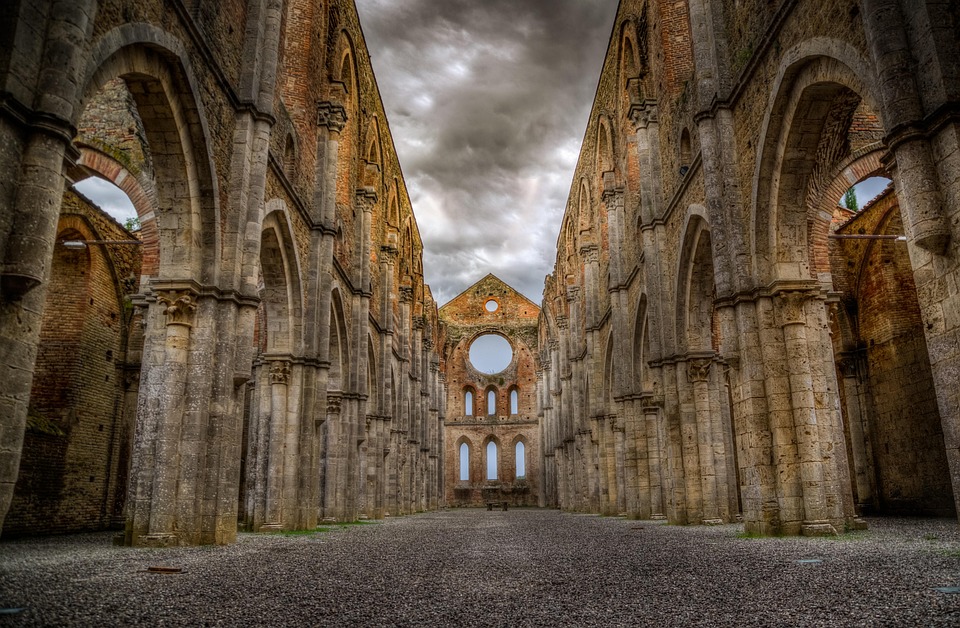Architecture of the Ancients: What Buildings Tell Us About Civilization
Architecture serves as both a practical and artistic expression, revealing the cultural, technological, and social values of the civilizations that create it. The study of ancient architecture provides a lens through which we can understand the evolution of human societies and the complexities of their identities. From the monumental pyramids of Egypt to the sophisticated aqueducts of Rome, these structures tell stories of ambition, belief, and ingenuity.
The Significance of Ancient Structures
Ancient buildings were not merely shelters; they often served as emblematic representations of political power, religious beliefs, and technological advancement. By analyzing their designs, materials, and locations, archaeologists and historians can extract valuable insights about the civilizations that constructed them.
1. Political Power and Authority
Many ancient structures were built to demonstrate the might and authority of their creators. Consider the following examples:
-
The Pyramids of Giza: Constructed during Egypt’s Fourth Dynasty, these monumental tombs reflect the immense resources and labor organized by pharaohs to affirm their divine status and eternal life. The pyramids symbolize not only the architectural ingenuity of the ancient Egyptians but also their belief in an afterlife where such grand structures would facilitate the transition to immortality.
- The Parthenon in Athens: This temple dedicated to Athena encapsulates the democratic ideals of ancient Greece, symbolizing political and cultural achievement that influenced Western civilization. It stands as a testament to the values of beauty, alignment with nature, and the significance of civic duty in Athenian society.
2. Religious Beliefs
Religion has profoundly influenced architectural styles and designs. Sacred spaces were often constructed with precise alignments and elaborate decorations to honor deities and foster communal worship.
-
Ziggurats of Mesopotamia: These massive terraced structures were central to Sumerian religious practices, showcasing the civilization’s commitment to their gods and the afterlife. Ziggurats served as platforms for temples, demonstrating the belief that the heavens were accessible through architectural elevation.
- Angkor Wat in Cambodia: Originally a Hindu temple, it later transformed into a Buddhist site, representing the fluidity of religious beliefs over centuries and the architectural adaptability of societies. The layout of Angkor Wat reflects conceptual cosmology, with its design intended to mimic the mythical Mount Meru, the axis of the universe in Hindu and Buddhist cosmology.
3. Technological Advancements
The construction techniques employed by ancient civilizations often reveal their technological prowess and engineering skills.
-
Roman Aqueducts: Highlighting advanced engineering, these structures allowed for the transportation of water over long distances, showcasing the Romans’ mastery of arch construction and hydraulic engineering. The aqueducts played a critical role in urban planning and public health, signifying the civilization’s focus on utility and innovation.
- Stonehenge in England: This prehistoric monument’s construction demonstrates the sophisticated understanding of geometry and astronomy possessed by its builders. The alignment of Stonehenge with solstices indicates a profound connection between architecture and celestial events, reflective of the community’s spiritual beliefs and agricultural practices.
Cultural Identity Through Architecture
Buildings often serve as cultural markers that connect people to their heritage, telling stories of their values and lifestyle.
4. Civic Life and Community
Ancient public buildings, such as forums and theaters, were designed to foster civic engagement and social interaction.
-
The Roman Forum: As the hub of political life, it comprised temples, basilicas, and public spaces, showcasing the importance of civic duty and community in Roman culture. The ruins of the Roman Forum serve as a reminder of the public life and civic participation that characterized Roman citizenship.
- The Colosseum: Beyond being an entertainment venue, its grandeur reflects social hierarchies and public spectacles that played a vital role in Roman identity. The Colosseum embodied the power dynamics and social stratification of Roman society, marking the centrality of spectacle and public life.
5. Adaptation to Environment
Civilizations often adapted architectural styles to fit their geographical and climatic conditions.
-
Adobe Structures of the Pueblo Peoples: In the arid landscapes of the American Southwest, these buildings are a testament to sustainable living, using local materials that provided insulation against extreme temperatures. The use of adobe highlights the connection between local resources and architectural necessity.
- The Igloo: Built by the Inuit in the Arctic, these structures exemplify ingenuity, providing warmth and shelter in one of the harshest environments on Earth. The igloo’s design showcases an intimate relationship with the environment, demonstrating how architecture can be a response to climatic challenges.
The Legacy of Ancient Architecture
The influence of ancient architecture extends far beyond its immediate cultural context. The principles, styles, and techniques developed by ancient civilizations have shaped modern architecture in countless ways.
6. Inspiration for Modern Design
Contemporary architects often draw inspiration from ancient structures in terms of aesthetics, functionality, and symbolism.
-
Neoclassical Architecture: This movement in the 18th and 19th centuries revived the grandeur of Greek and Roman designs, emphasizing symmetry and proportion. Neoclassical buildings often reflect ideals of democracy and civic virtue, echoing the architectural philosophies of their ancient predecessors.
- Sustainable Practices: Modern architects are increasingly incorporating principles observed in ancient structures, such as natural ventilation and energy efficiency, reflecting an ongoing dialogue between the past and present. This includes the use of passive solar design and environmentally friendly materials, emphasizing a return to sustainable building practices.
7. Preservation and Cultural Heritage
Today, ancient buildings are vital in preserving cultural heritage. They serve as reminders of historical narratives and are often focal points in the tourism industry, providing both economic benefits and educational opportunities.
The preservation of ancient sites is a testament to a society’s commitment to honoring its history. For example, the restoration of the Acropolis in Athens reflects not only a commitment to cultural heritage but also the understanding that these structures carry the weight of memory and identity for future generations.
Conclusion
The architecture of the ancients is much more than stone and mortar; it encapsulates the essence of human civilization. By studying these structures, we unlock stories of political ambition, religious fervor, technological innovation, and cultural identity. They remain pivotal in our understanding of human history and continue to inspire future generations to create spaces that reflect our evolving values and aspirations. Ancient architecture serves as both a bridge to the past and a foundation for the future, reminding us of the enduring human spirit and its capacity for creativity and adaptation.
[modern_footnote_source_link]


























Add Comment